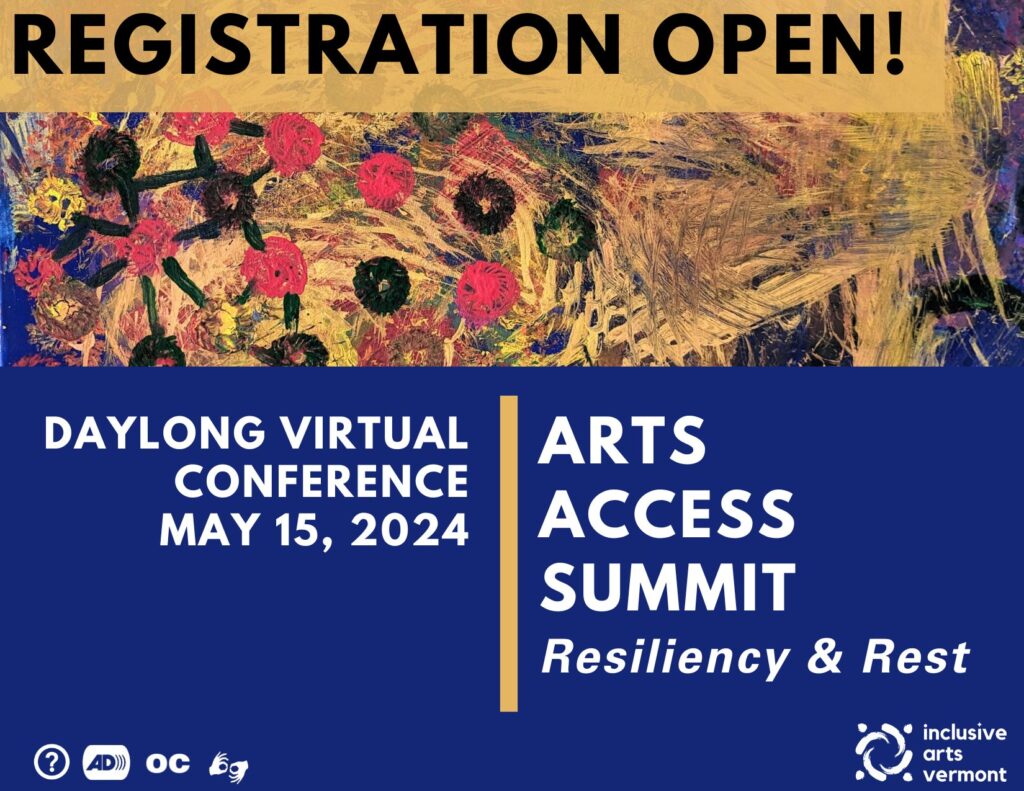
We would like to thank all Arts Access Summit 2024 attendees, speakers, access workers, and sponsors! Your engagement, questions, and conversation enriched the whole experience.
Summit Overview:
Inclusive Arts Vermont’s Arts Access Summit is a day of learning and conversation on access in the arts featuring disabled artists and accessibility experts. Now in its 2nd year, the summit will explore how the magic of the arts enhances resiliency and the power of rest as resistance. We invite community members, organizations, artists, and educators to join us for this virtual gathering on May 15, 2024.
Access: This event will have live captioning, verbal descriptions, access doulas, and ASL. For access needs contact Heidi at heidi@inclusiveartsvermont.org or call 802-556-3668.
Schedule of the Day:
9:45-10:00 AM – Settling In and Access Needs
10:00-11:30 AM – Welcome and Keynote Performance Lecture with Jeff Kasper
11:45-12:45 PM – Works in Progress: the Restorative Power of Creativity with Dr. Winnie Looby
12:45-1:30 PM – Lunch break
1:30-2:45 PM – Panel Discussion: Resilience and Rest from the Artist’s Perspective
3:00-4:00 PM – IAV Professional Development Session: Creating a Culture of Care
4:15-5:00 PM – Creative Living
Summit Sessions:
Keynote Performance Lecture: Dreaming Resilience
Jeff Kasper will guide summit participants through a meditative performance lecture featuring recent projects, writings, and research ephemera gathered by the artist. This restful stream of image descriptions, poetic prompts, and contemplative activities will explore the strength found in moments of care and vulnerability.
Interactive Workshop with Dr. Winnie Looby
Works in Progress: the Restorative Power of Creativity
Consider our activities of daily living. Beyond eating, sleeping, and doing laundry, what else are we “allowed” to do? The common/normate social expectation is to fill one’s day with tasks. To be productive, most often in exchange for money, respect, and prestige. As a disabled person/person with a disability, it is common to feel the pressure to keep up–to push oneself past any physical, intellectual, and/or emotional impairments to prove that we have somehow earned the right to be idle; that we are allowed to rest, restore, and recalibrate. In this interactive session, participants will explore how expressing our creativity through the arts can help us to question internalized ableism and embrace new ways of being.
Panel Discussion: Resilience and Rest from the Artist’s Perspective
In this panel discussion, disabled artists will share their experiences with access, advocacy, and how rest and resilience show up in their art practices. Gordon Sasaki, John Ying, and Judith Klausner will share their art and experiences in this facilitated discussion.
IAV Professional Development Session: Creating a Culture of Care
Culture happens whether you pay attention or not. This sample session of Inclusive Arts Vermont’s Professional Development training will offer ideas and strategies for creating supportive environments in a variety of contexts from workplaces to artist studios. Participants will learn about IAV’s Humans First Approach, ways to avoid burnout and resiliency fatigue for disabled people, artists, educators, and arts/culture workers, and ideas to foster Access Intimacy.
Creative Living
End the Summit by joining IAV in our team’s practice of Creative Living. This session will provide opportunity for participants to connect socially, make art, and reflect on the day’s sessions in a meditative, restorative practice. All are welcome to participate using whatever art materials you have on hand in a creative activity intended to provide space for connection, reflection, and expression.
Keynote Speaker: Jeff Kasper
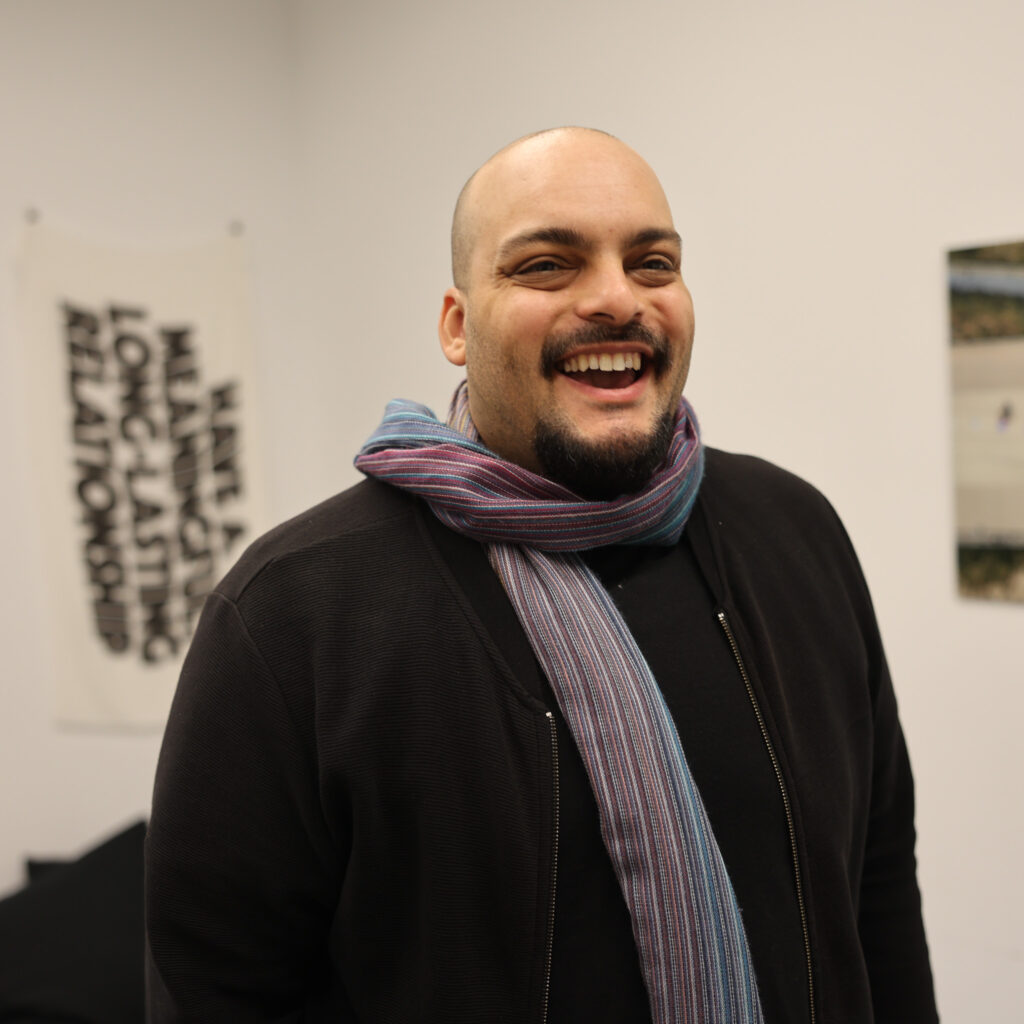
Jeff Kasper (he/him/his) is an artist, writer, arts organizer, and educator. Through public art, publications, participatory learning projects, and design, he works to make tangible the creative potentials of accessibility, social support, and trauma-aware culture. Recent commissions and exhibitions have been presented with New York City Department of Parks & Recreation, ArtBridge, and Meta Open Arts, moCa Cleveland, and Queens Museum. He has received fellowships, residencies, and awards from National Arts Strategies, MASS MoCA Assets for Artists, Community Foundation of Western Massachusetts, Art Beyond Sight’s Art & Disability Residency, and New England Foundation for the Arts. Kasper has served as a peer-mentor for socially engaged artists at More Art and New York Foundation for the Arts, and facilitated workshops and engagements for educators, administrators, care-workers, and students of all ages throughout North America and Europe. He often collaborates with institutions and organizations to develop meaningful engagements with disability culture and community, including recently at CUE Art Foundation, BRIC, and Museum of Fine Arts Boston. Kasper is currently Assistant Professor at the University of Massachusetts Amherst in the Department of Art.
Learn more about his work here:
http://jeffkasper.co/
https://www.umass.edu/art/about/directory/jeffery-kasper
Presenters & Panelists
Judith Klausner, Dr. Winnie Looby, Kirsten Martsi, Gordon Sasaki, Heidi Swevens, and John Ying.
Judith Klausner
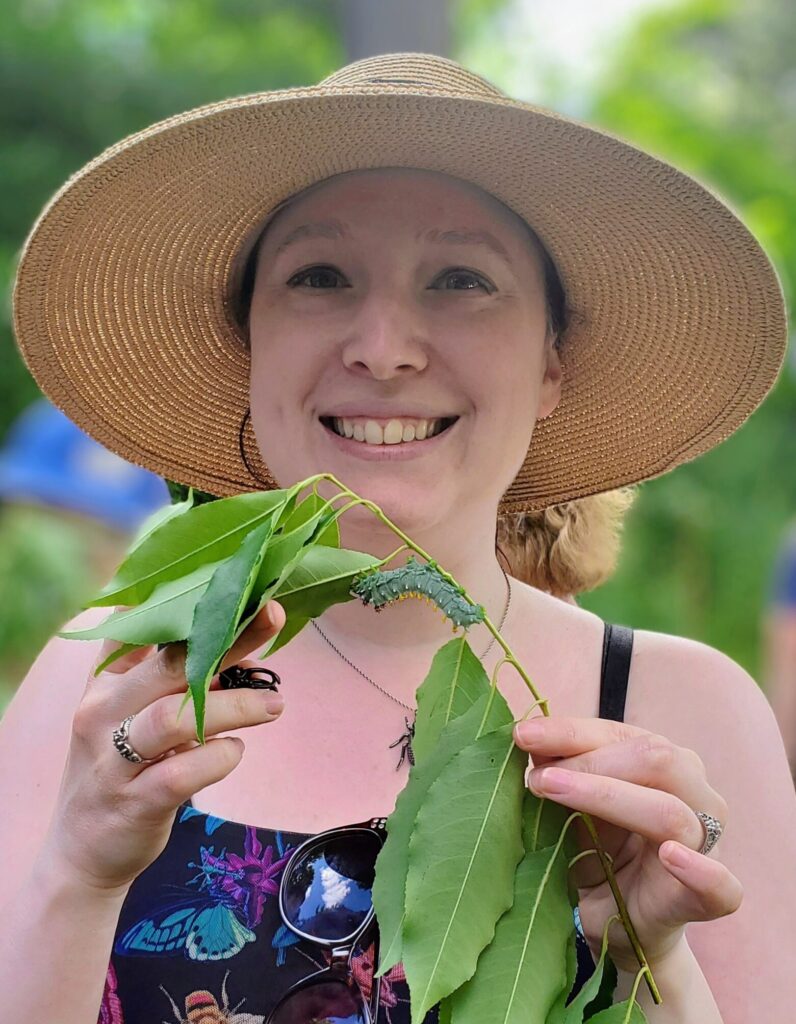
Judith Klausner is a Somerville, MA artist with a love for small, intricate, and overlooked things. She received her degree in Studio Art from Wesleyan University in 2007 after constructing her thesis primarily out of insects, and has since continued to search the details of her surroundings for inspiration. Her experience of invisible disability and chronic pain play an integral role in how she views the world and creates art. Her work has been featured in Harper’s magazine, Reader’s Digest, the Huffington Post and NPR, and exhibited in venues internationally including the Brattleboro Museum and Art Center, Southern Vermont Art Center, Susquehanna Art Museum, Museum of Natural History, RI, Museo di Arte Moderna e Contemporanea di Trento e Rovereto, and the Boston Children’s Museum. Judith enjoys playing with her food, both recreationally and professionally.
Dr. Winnie Looby
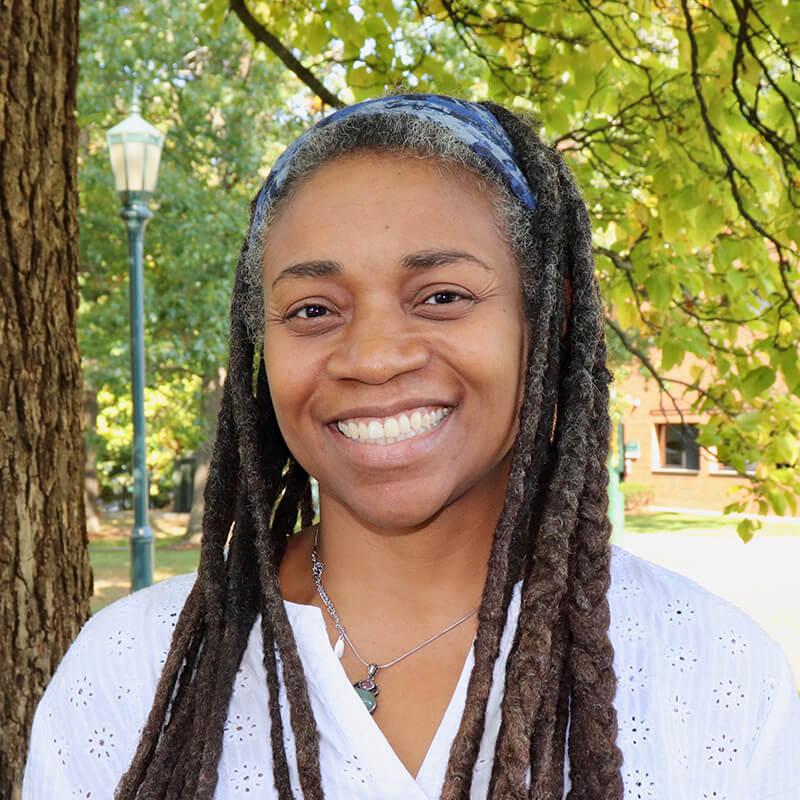
Winnie Looby is a program coordinator and lecturer assigned to the Center on Disability and Community Inclusion and the Department of Education at the University of Vermont. She earned her Ph.D. in Educational Leadership and Policy Studies with a concentration in Special Education, and her M.Ed. in Early Childhood Special Education at UVM. Her professional interests focus on Interdisciplinary Collaboration, Disability Studies, Early Childhood Special Education, Technology in Education, and Family-School Partnerships.
As a longtime Vermont resident, her investment in education and her local community began with her work in the Burlington schools as a parent, volunteer, and educator. Winnie is also an artist trained in multiple disciplines. Her research interests infuse her arts training together with her interdisciplinary interest in supporting diversity and equity broadly, and specifically for students and community members with exceptionalities.
Kirsten Martsi
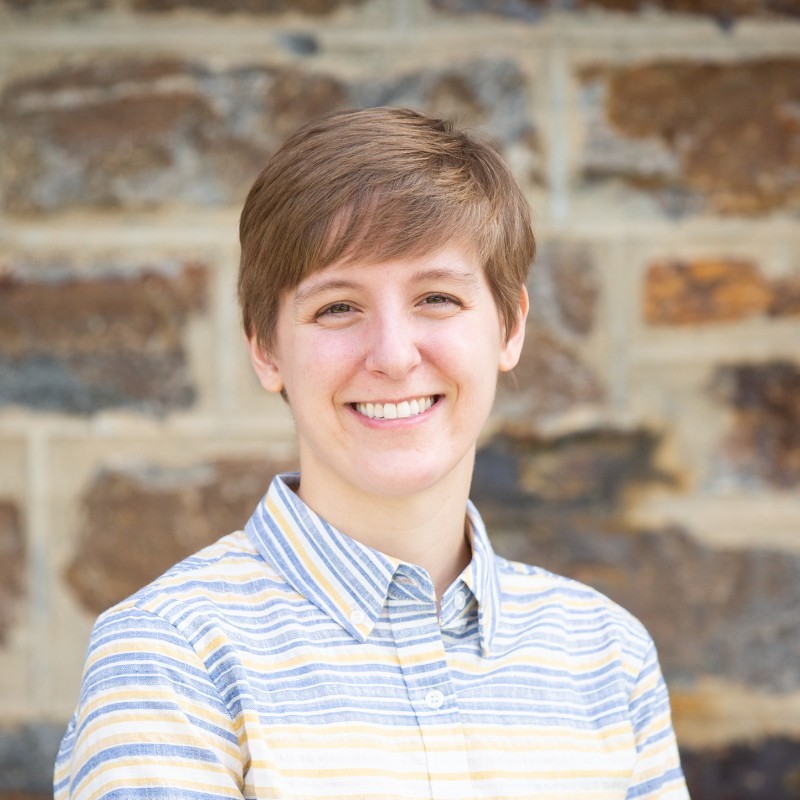
Kirsten Martsi (she/they) is an arts educator with 15 years of experience in arts and disability service non-profits. Kirsten started her career in the disability field working at summer camps for children and adults with disabilities before working as an independent living counselor for adults with learning disabilities. She holds a BA from Hamilton College in English Literature and Classical Languages, and an MA from the Cooperstown Graduate Program for Museum Studies, where she focused on art history and museum education. Since graduate school, Kirsten has worked in art museums, a botanic garden, and a municipal arts council, doing community engagement work, curating art exhibits, leading hands-on art making, and planning public programs.
Kirsten is passionate about accessibility and inclusion, and has sought out opportunities to learn in community about ways to make institutions more equitable and inclusive. She looks forward to continuing this work at Inclusive Arts Vermont through the Professional Development program.
As an artist, Kirsten enjoys exploring fiber art as well as watercolor and pen and ink illustration. Her current focus is on quilts, connecting with a family history in quilt-making and exploring slow hand-making techniques. As a teaching artist, Kirsten has taught knitting, nature journaling, watercolor, quilting, punch needle embroidery, weaving, and other media. She is excited to bring her experience as a teaching artist to support and teach with the Adult Arts Education programs at Inclusive Arts Vermont.
Gordon Sasaki
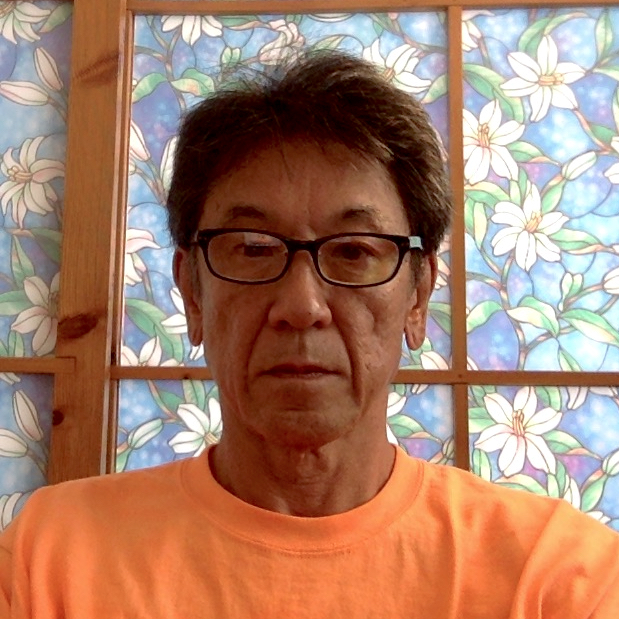
Visual artist Gordon Sasaki’s work blends unconventional techniques of art making with contemporary ideas of identity and culture. Combining an unexpected use of images and materials, his mixed and multi-media works purposefully cross over traditional categorical boundaries to expand ideas of art and inclusion.
A wheelchair user due to a 1982 automobile accident, Gordon continues to expand on preconceptions of defining art and disability. He is a dedicated proponent for the inclusion of the arts as a life tool, invaluable to everyone and relevant to all aspects of daily life. Redefining beauty through disability.
Heidi Swevens
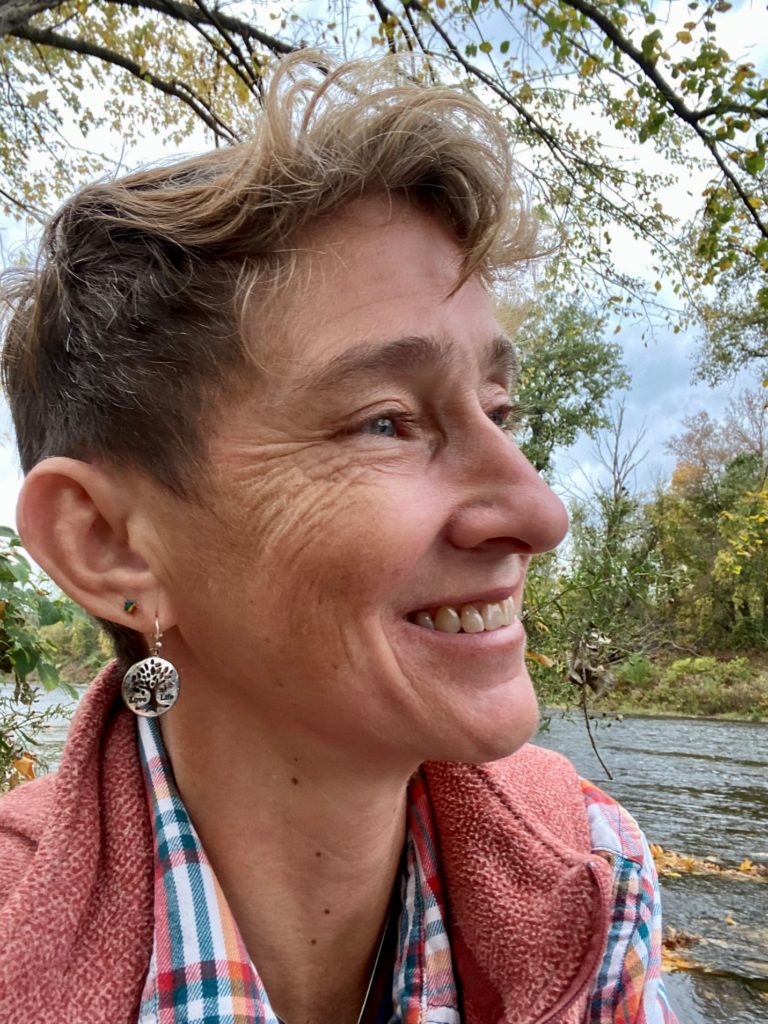
Heidi Swevens (she/they) enjoys people, stories, and connections. Their first summer job was at a childcare center where they engaged with toddlers and infants. After experiencing changes in their vision a couple years later, they returned to school and earned a Master’s Degree in Social Work from the University of Vermont (UVM) in 2001. Since that time they have worked in and served a variety of organizations whose missions relate to people with disabilities, older adults and families and communities. One volunteer role led to a synchronous opportunity to show their photography in a solo exhibit they titled “Do You See What I See?” which was part of UVM’s Disability Awareness Month’s events in 2006.
Heidi was first introduced to VSA Vermont when one of her photographs was accepted in the 2011 Engage Exhibition, a juried show featuring artists with disabilities. After that initial experience, Heidi was eager to get involved with the organization including the first BOOM VT drum festival. When a staff position became available, they moved into a more formal role with the organization.
Heidi currently focuses their time with the organization’s system level efforts including professional development, capacity building, and exhibitions. As part of Inclusive Arts Vermont’s professional development team, Heidi engages with learners of all ages and appreciates developing curriculum that gets at the heart of understanding and increasing inclusion through the arts. They believe communication and accessibility can be approached as forms of art. Heidi also values the connections made with artists who have participated in the organization’s professional exhibitions and is excited to explore additional ways to support artists with disabilities.
John Ying
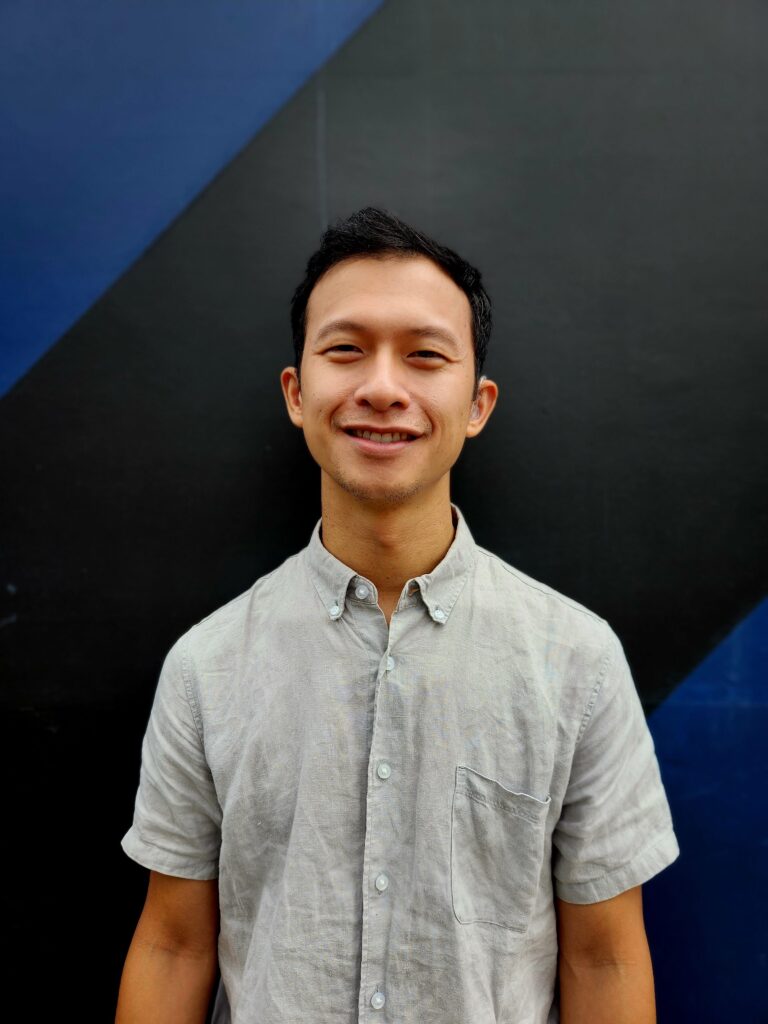
John Ying grew up immersed in the street dance known as breaking (aka breakdancing). Since then, he’s explored various other forms of movement arts such as martial arts and gymnastics. Born deaf, he grew up facing challenges with communication access in his daily life and in the arts. Now, when he’s not working his day job as a software engineer, he works as a dance coach for Deaf and hard-of-hearing youth.
Thank you to our sponsors:
Platinum Sponsor:
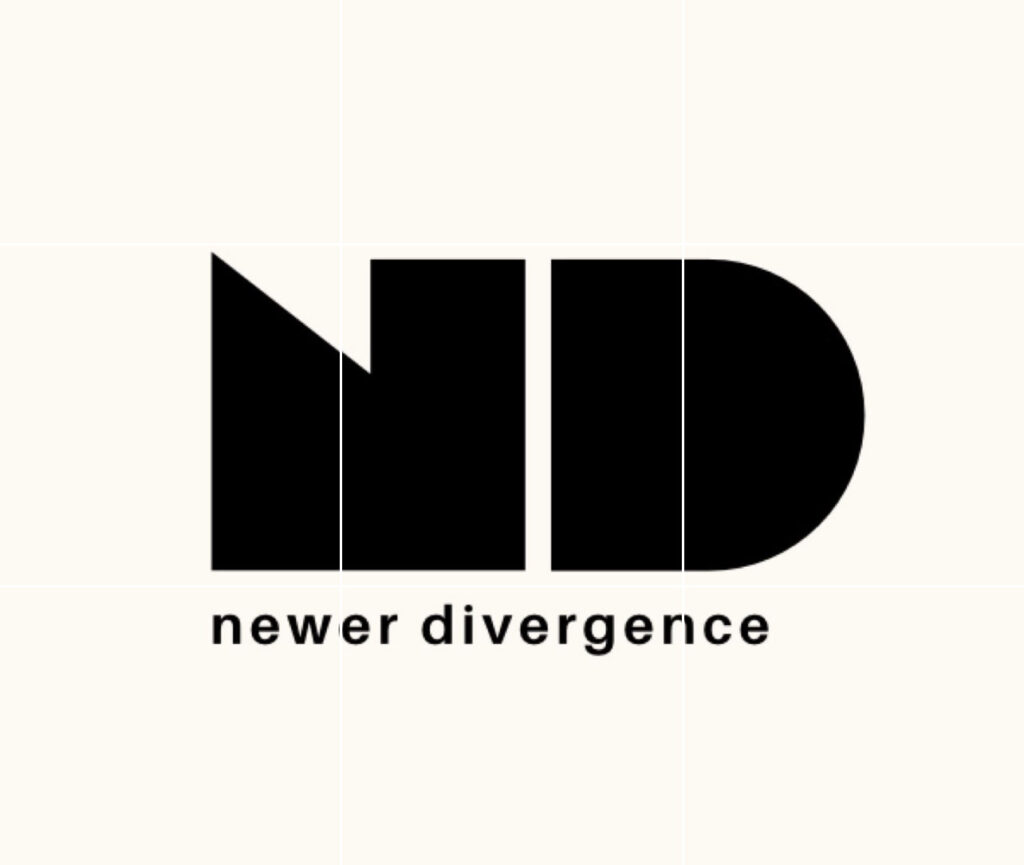
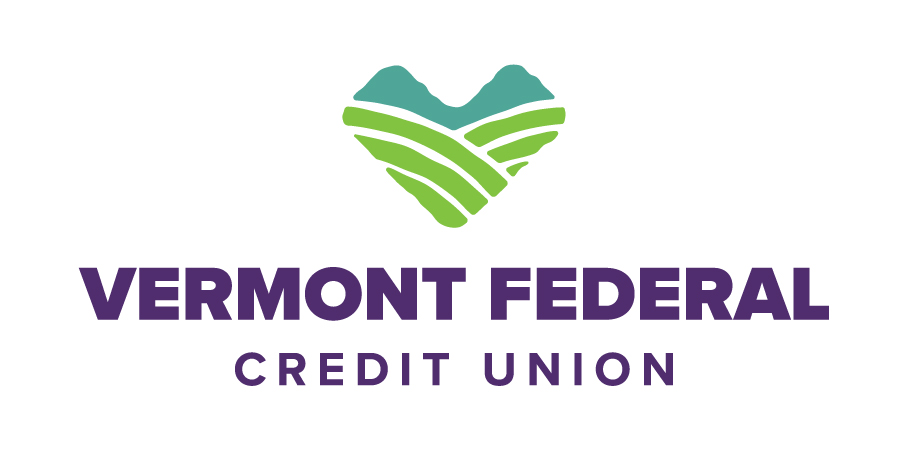
Non-Profit Sponsors:
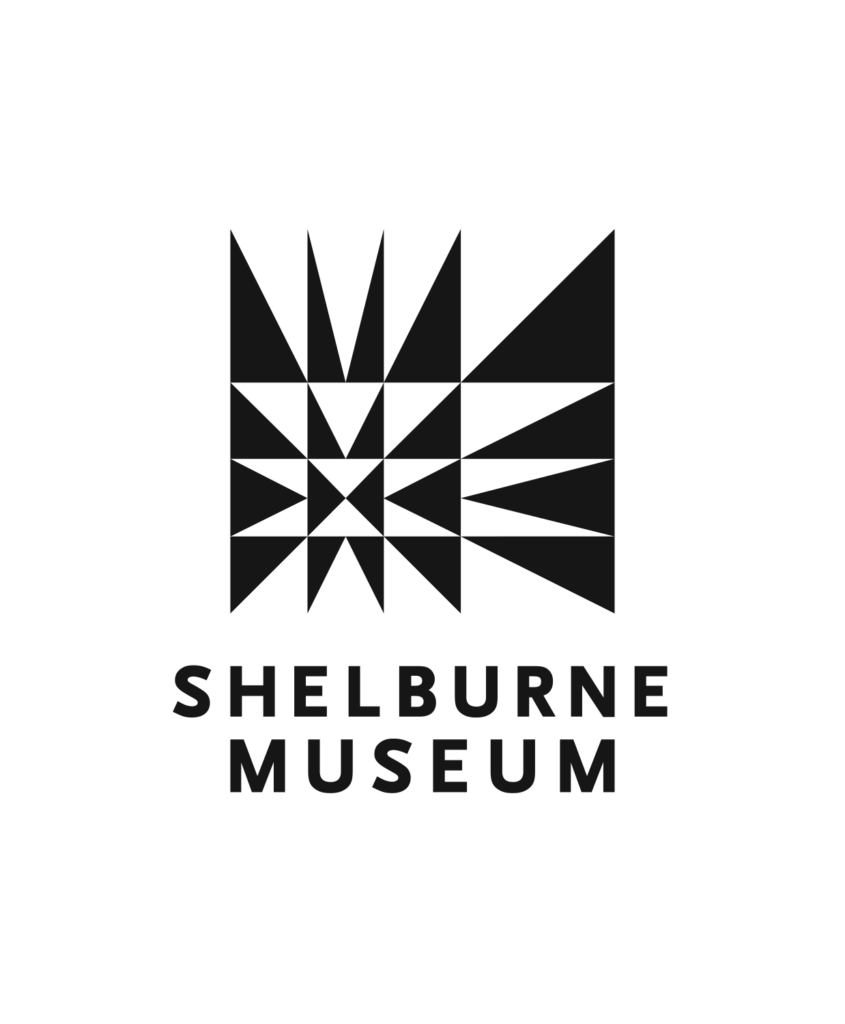
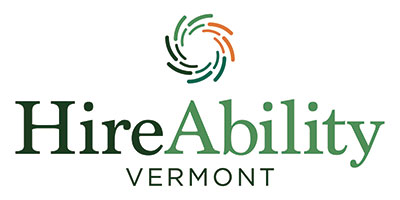
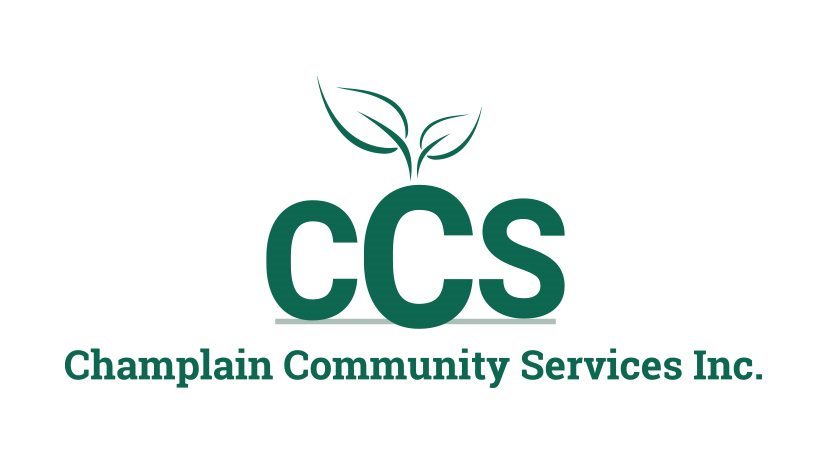


Interested in becoming an Arts Access Summit Sponsor? Learn more about sponsorship here.
